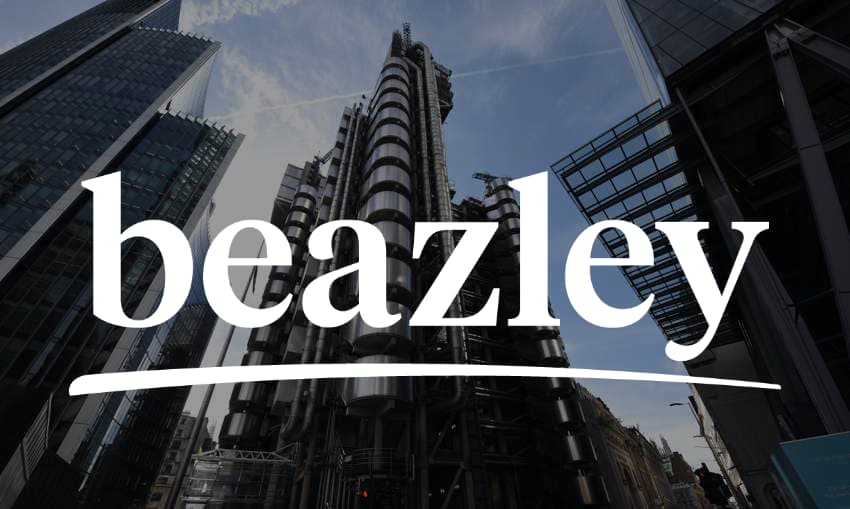Consumer Price Index (CPI) inflation rose to 7.44% in July from 4.87% in June, shooting past the RBI’s tolerance band of 2-6% and marking the highest print in 15 months. A Reuters poll of 53 economists had predicted the retail price gauge at 6.4% in July.
While the scale of the rise has triggered worries of more rate hikes, these concerns are partially offset by the easing in core inflation, which strips out the volatile components of food and fuel. The principal culprit behind the rise in headline inflation was food prices, with those of vegetables – particularly tomatoes – surging in the previous month.
Economists calculated core inflation at around 4.9-5.2% in July, down 15-30 basis points from a month ago. The National Statistics Office does not publish figures for core inflation.
Core inflation is often viewed as a more precise indicator of underlying price pressures in the economy. RBI Governor Shaktikanta Das said last week that core inflation had fallen by more than 100 bps from its peak in January 2023.Moreover, the sharp jump in food prices in July had been acknowledged by the RBI, which signalled that it may look through transient inflation spikes while determining interest rates. “With signs of core inflation easing, we expect the policy repo rate to be left unchanged in October, despite forecasting another elevated inflation print,” Nomura economists Sonal Varma and Aurodeep Nandi wrote.”Beyond October, we expect core disinflation to gather more momentum – dropping closer to 4.5% year-on-year by December – as the domestic growth cycle weakens,” wrote the authors.While elevated food prices may spill over into the August CPI print as well, government interventions and fresh crop arrivals should rein in the rise in food prices going ahead, economists said.
“A dramatic lift from food prices and, contrastingly, material comfort from non-food components (fuel and core) is influencing consumer price index inflation,” Dipti Deshpande, principal economist at Crisil said.
“In contrast, non-food inflation has been steadily softening, led by falling input-cost pressure. This has reduced the need to raise retail prices for most commodities,” she said, adding that the current pressure on headline inflation looked transient. Deshpande pointed out that goods inflation stripping out food fell by 100 bps month-on-month in July.
“It is unlikely that the inflation data will re-trigger a rate hike programme in India, as globally retail inflation is on the decline. We need to be prepared for a systemic rise in volatility in food inflation owing to increasingly erratic climate patterns. Monetary policy needs to adjust to such shocks,” said Debopam Chaudhuri, chief economist at Piramal Group.









































